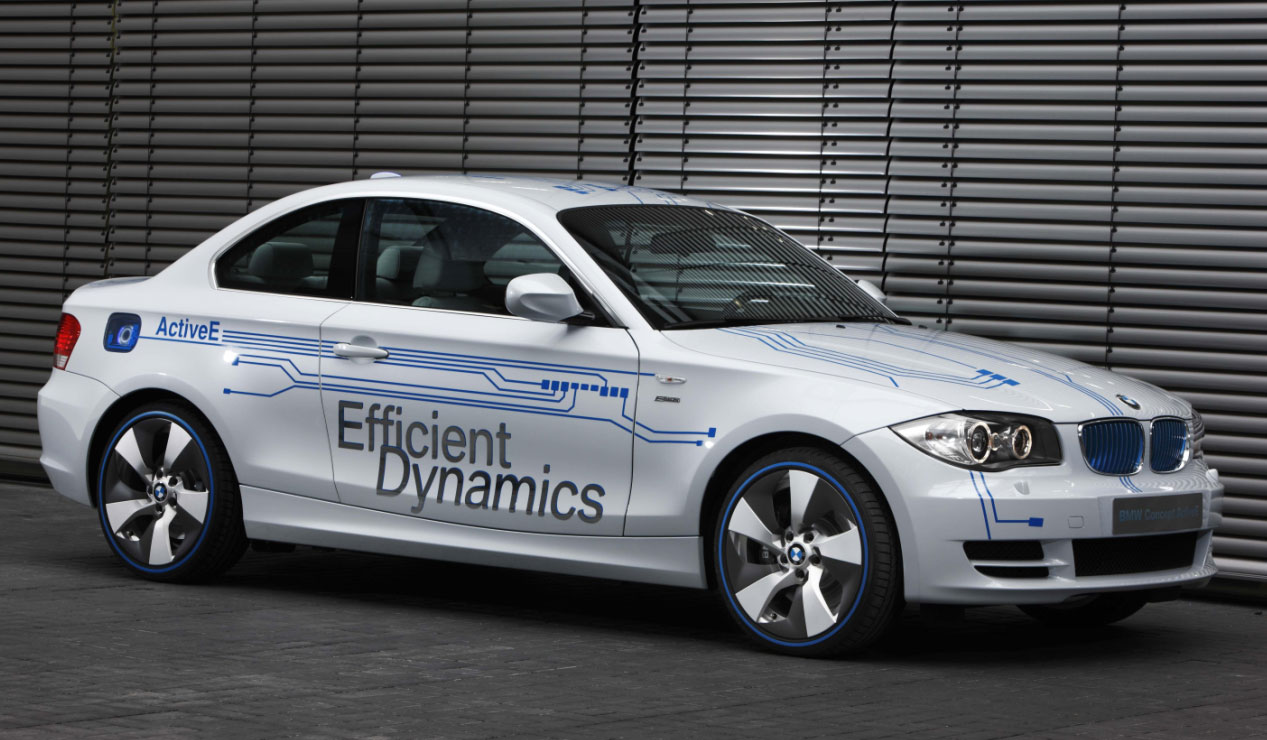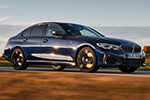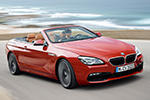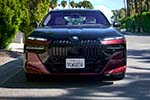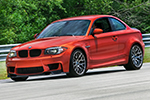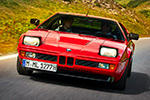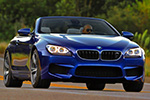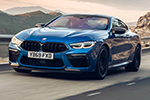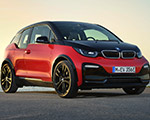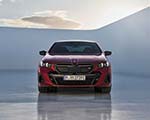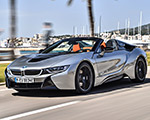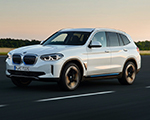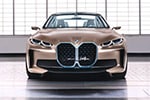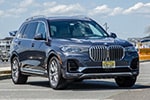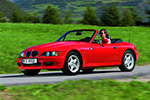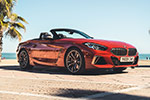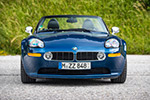BMW’s on the cusp of debuting arguably its biggest step forward since the original Neue Klasse debuted back in the 1960s. Today’s Neue Klasse, however, predominantly exists thanks to the pioneering EVs that came before it. BMW’s been at it longer than most — and it shows. It’s been 60 years since emissions regulations were introduced and nearly as many since BMW introduced its first all-electric vehicle. The BMW 1602 Electric — or Elektro 1602 — set the brand on a path to eliminate emissions and explore electrification.
BMW 1602 Electric: the First BMW EV
While it may have been BMW’s first electric vehicle, the 1602 Electric hardly intimated at the futuristic designs that would follow some sixty years later. Developed in the very early 1970s, the Elektro 1602 was limited to just 44 miles of range. But that was more than enough for the Elektro 1602 to pace the Olympic marathon and speed-walking events during the 1972 Olympic Games. Of course, that’s only if you don’t heed the rumors that state a second Elektro 1602 took over for the first one when the marathon took runners through a tunnel.
Zero Emission Mandate: Electric BMW Vehicles in the 1990s

California ratcheted up emissions requirements in 1990. The state required automakers to offer ZEVs, or zero-emissions vehicles, which would need to make up 2% of all vehicles sold statewide. The E1 and E2 concept cars came first, offering a theoretical range of 155 miles. Unfortunately, these cars were nowhere near series production. So, the company stuffed batteries in a bunch of E36 3 Series coupes. These E36s were not full BEVs; a four-cylinder engine charged a sodium nickel chloride battery, allowing it to travel past its electric range of 27 miles. Then Head of Product Planning for BMW North America, Rich Brekus, doesn’t mince words. “The E36 electric vehicles were terrible.”
Interestingly, the E36 3ers helped paved the way for partial-zero and super-ultra low emissions vehicles that came later — PZEVs and SULEVs, respectively. Brekus posited the question that everyone had to be thinking. “Karl-Heinz Ziwica was head of compliance, and I asked him if it was possible to make gasoline cars that would pollute the same amount of NOx and hydrocarbons as the power plant used to produce the electricity.” It was ruled “theoretically possible,” and the automaker met with California regulators to discuss further. Ultimately, the California Air Resources Board agreed with BMW. “[They] agreed to back off on the electric vehicle mandate if we built Partial Zero Emissions Vehicles that would put out one-tenth of the US standard for pollution, with zero evaporative emissions and a ten-year warranty.”
Project i and Lithium Ion Batteries
As the electrified E36 and earlier 1602 Elektro demonstrated, range was a serious limitation for EVs. That was, until, lithium ion batteries were popularized, eventually becoming an industry norm. The Project i team was charged with creating a “Megacity Vehicle,” designed exclusively to appeal to residents of the world’s megacities — cities with 15 million or more people. Range was less of a concern, but lithium-ion batteries were still chosen to power the Megacity Vehicle. Or, as it would come to be known, the MINI E. Its size, coupled with the ability to accommodate an AC propulsion powertrain simply by removing the rear seats, made the Cooper an obvious choice. With 201 horsepower on tap and an estimated range of 156 miles, it was a quantum leap forward from BMW’s electrified vehicles of the past.
The MINI E was a big move in other areas, too. It only came to five markets in the world. Two German cities, Munich and Berlin, and three US locales got to experience the MINI E: Los Angeles, New York City, and New Jersey. The markets were chosen for their proximity to BMW North America workshops; dealers weren’t trained in high-voltage yet. There were also “flying doctors” dispatched to dealerships when needed. Testing the fleet of EVs in California had other benefits, too. It earned BMW of North America ZEV credits and lowered average fleet fuel economy. Eventually, the MINI E would become the BMW i3, but not before one other EV came to market.
BMW ActiveE Moves the Bar Again
The MINI E was a cool car. And generally, reception was warm. There were problems, though. Jim McDowell, then head of MINI USA, claims the cars were “absolutely miserable” on cold days. “You had to pick between heat and getting home,” he says. ActiveE, a battery-powered 1 Series Coupe, rectified that. The battery now had its own cooling system and even offered pre-conditioning to preserve battery health. Around 1,000 ActiveE coupes made it through production, with 700 making it to United States shores. The car was an integral part of shaping BMW’s electrified portfolio that we know today.
Using customer feedback from electric MINI and BMW cars, the brand has crafted a diverse lineup of EVs. The family grows even larger with the Neue Klasse debut on September 5th. You’ve got to wonder if anyone working on the 1602 Elektro could’ve imagined the world BMW’s living in today.


